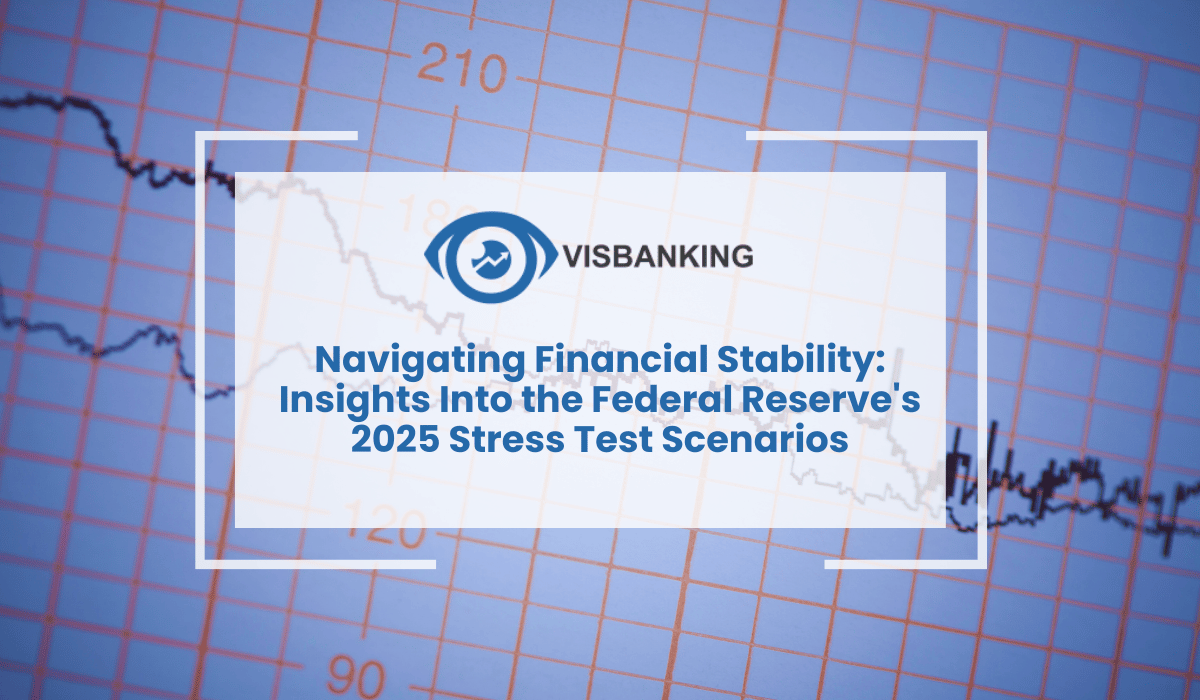Table of Contents
Introduction to the Federal Reserve’s Stress Test
Every year, the Federal Reserve Board performs stress tests on large banks to evaluate their ability to withstand severe economic conditions. These hypothetical scenarios, although not predictions, are crucial for maintaining a resilient banking sector. The 2025 stress test scenarios aim to ensure that banks continue to lend amidst economic turbulence, thereby safeguarding overall economic stability.
Understanding the 2025 Hypothetical Scenarios
This year’s stress test includes rigorous scenarios that test banks’ resilience against a severe global recession. Hypothetical conditions include a 5.9-percentage-point rise in the U.S. unemployment rate peaking at 10%, severe market volatility, widening corporate bond spreads, and a significant decline in asset prices, including a 33% drop in housing and 30% in commercial real estate prices.
Impact on Large Banks
A total of 22 large banks will undergo stress testing, examining their resilience across various economic challenges, especially in commercial and residential real estate markets. Banks with substantial trading or custodial operations must also incorporate a counterparty default scenario, reflecting the potential fallout from the default of their largest trading counterparty amid an acute market shock.
Exploratory Analysis and Unique Elements
In addition to the standard stress test, this year’s scenarios include two unique hypothetical elements designed to probe how banks respond to a wider range of risks. One element explores credit and liquidity shocks in the non-bank financial institution sector and assesses systemic resilience. The other hypothesizes market reactions to five large hedge fund failures, testing large and complex banks’ adaptability to extreme conditions.
Assessing Risks in the Banking System
The exploratory analysis complements the stress test by evaluating system-wide risks and does not influence bank-specific capital requirements. Aggregate results of these analyses will be published alongside the traditional stress test outcomes. These initiatives form part of the Federal Reserve’s strategy to enhance model transparency and mitigate stress test result volatility.
Future Plans for Stress Testing
The Federal Reserve intends to advance its stress testing approach by reducing result volatility and clarifying modeling practices. Before implementing comprehensive changes, a public comment process will commence this year, allowing stakeholders to contribute to the refinement of the stress-testing framework.
FAQs
What is the purpose of the Federal Reserve’s stress test?
The stress test evaluates large banks’ resilience to severe economic conditions, ensuring they can continue to lend and support economic stability during downturns.
How does the exploratory analysis differ from the standard stress test?
The exploratory analysis adds hypothetical scenarios to examine broader banking system risks without affecting bank-specific capital requirements, while the standard test focuses on firm-specific results.
What scenarios are included in the 2025 stress test?
Scenarios involve severe recession conditions including high unemployment, market volatility, and significant asset price declines, along with additional examinations of credit, liquidity, and market shocks.
When will the results be published?
The Federal Reserve will publish aggregate results of the stress test and exploratory analysis in June 2025.




